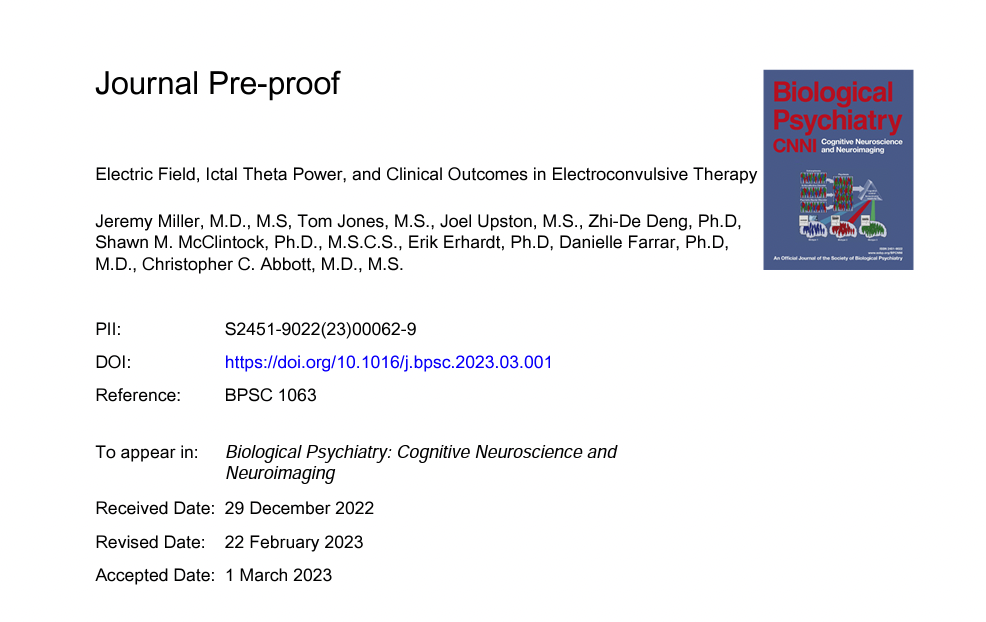ECT For Movement Disorders: New Review

Out on PubMed, from authors in the USA , is this review: Efficacy of Electroconvulsive Therapy for the Treatment of Movement Disorders: A Literature Review. Muhammad N, Brooks Iii N, Chatham L, Chatham A, Muthukanagaraj P. Cureus. 2023 Mar 24;15(3):e36634. doi: 10.7759/cureus.36634. eCollection 2023 Mar. PMID: 36968685 Review. The abstract is copied below: Electroconvulsive therapy (ECT) is a safe and effective treatment modality for various psychiatric disorders. However, evidence suggests a putative role of ECT in treating movement disorders that are refractory to less invasive modalities. ECT is primarily used in treatment-resistant psychiatric disorders. However, growing evidence exists for its use in movement disorders with and without psychiatric comorbidity. The primary objective of this systematic review was to examine the efficacy of ECT as a primary treatment modality for movement disorders. Relevant, peer-reviewed publications were retrieved from PubMed, SC...

















